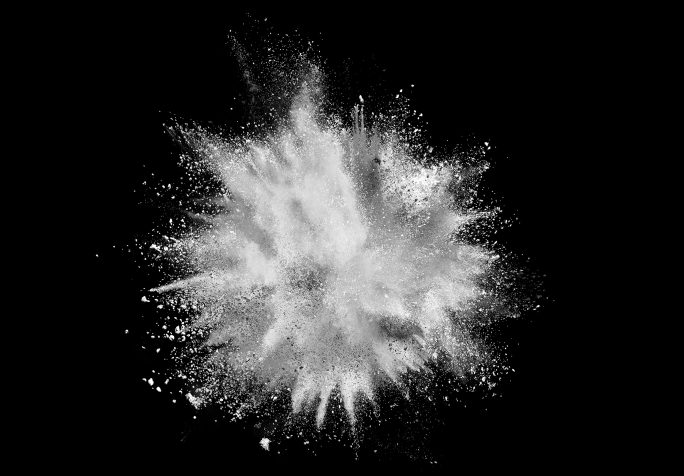

Categorias de Produtos
Telefone:(+351) 226 061 370 (Chamada para a rede fixa nacional)
Fax:(+351) 226 061 379
Email:info@adplast.pt

Um Mundo de Soluções à Sua Medida
Em 2019 é criada a ADPLAST® que tem como objeto o fornecimento de soluções de estabilização, aditivação e coloração e transformação de Termoplásticos assente em capital de experiência adquirido e transmitido desde 1961.







 (+351) 226 061 370
(+351) 226 061 370  (+351) 226 061 379
(+351) 226 061 379 info@adplast.pt
info@adplast.pt www.adplast.pt
www.adplast.pt